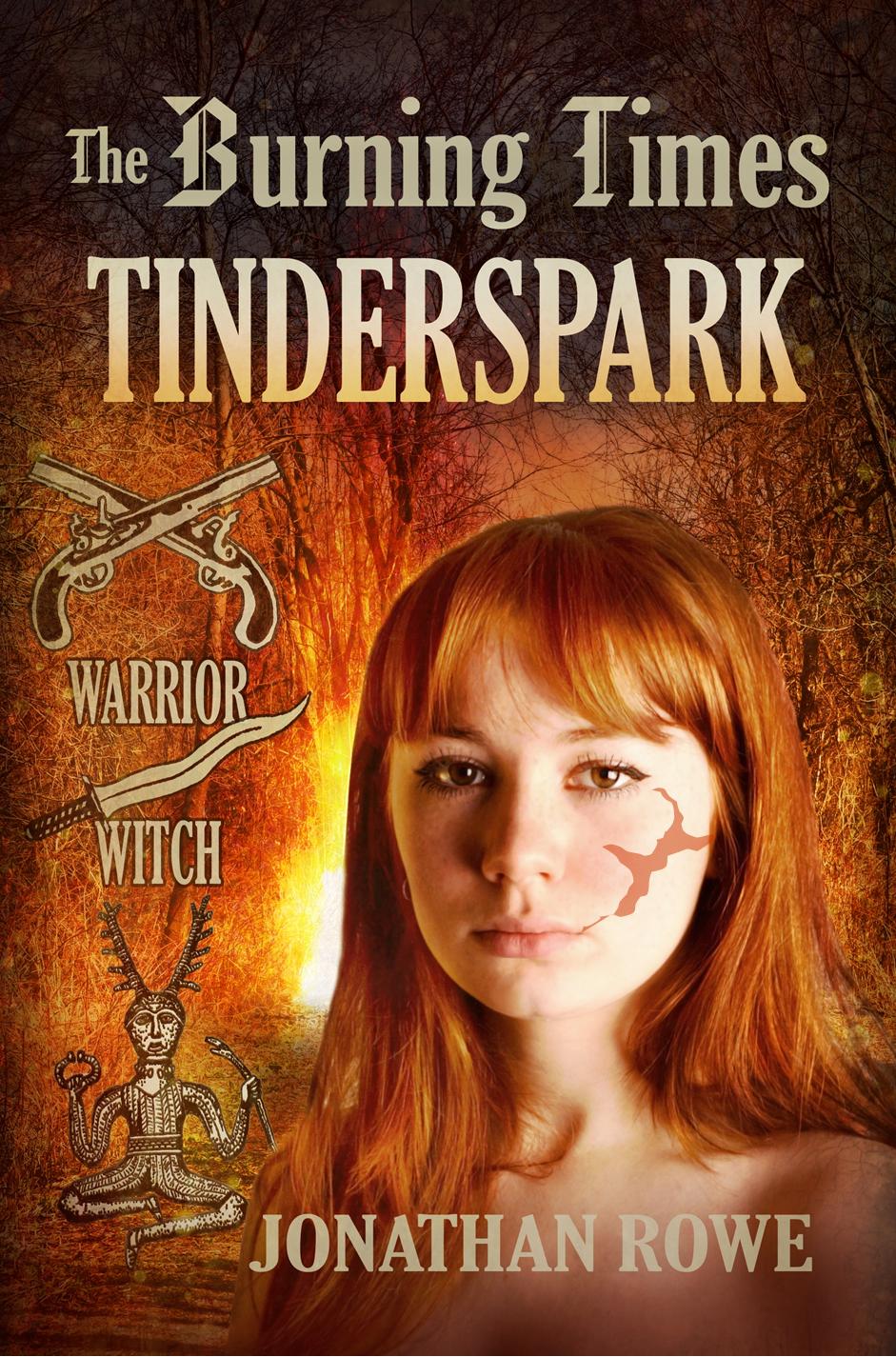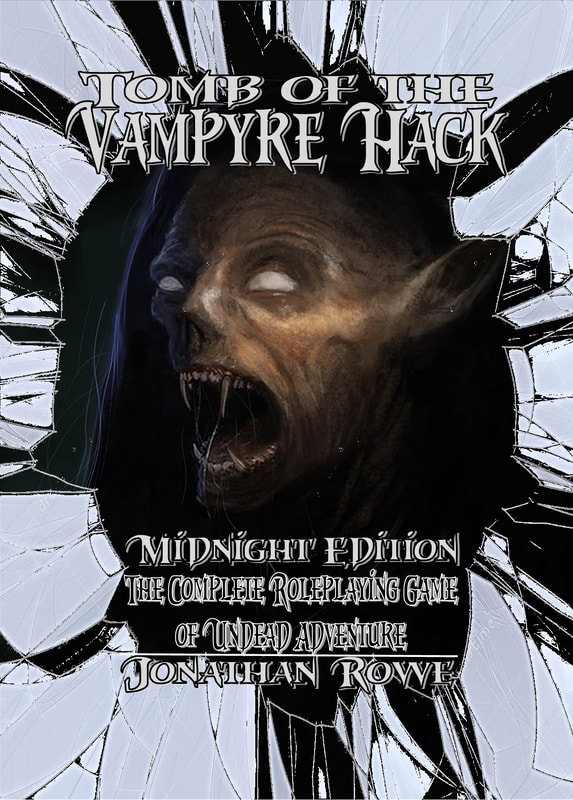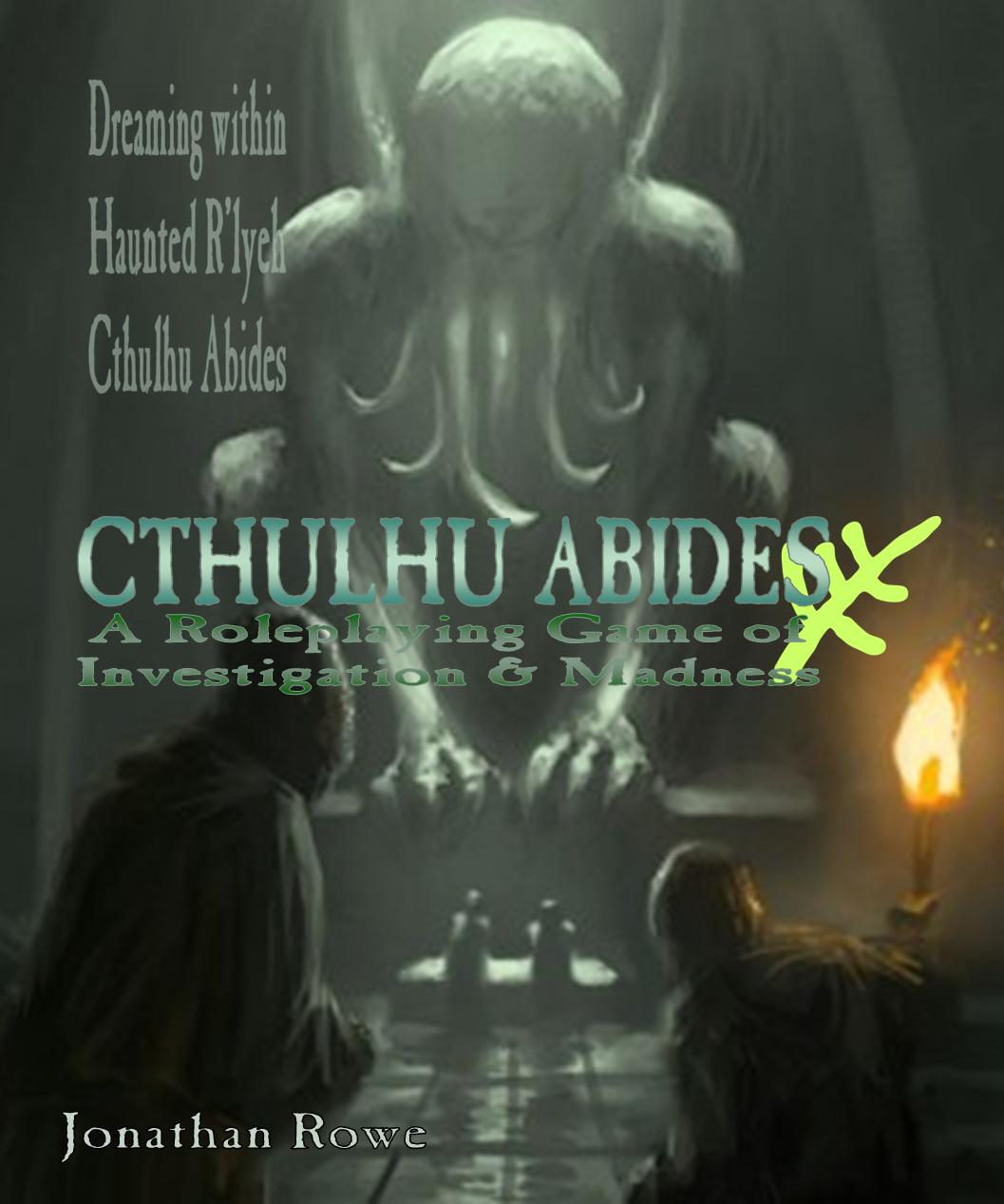Now I know what a ghost is. Unfinished business, that's what Back in the '90s, waiting for the next chapter of White Wolf's World of Darkness game line to see print occupied the space in my life that was later occupied by waiting for Game of Thrones to release a new season. 1991 brought out Vampire: The Masquerade and then Werewolf: The Apocalypse in 1992 and Mage: The Ascension in 1993. By 1994, I was a frothing fan and the arrival of Wraith: The Oblivion was a bombshell, with its fantastic cover of interlinked chains, moody spectral art and surreal, grotesque setting of the rotting Shadowlands and hyper-real Tempest, with slave-harvesting wraiths and Oblivion-worshiping Spectres. Mind. Blown. And yet. And yet. Wraith remains the one World of Darkness game that has never worked for me. I've run long campaigns with the other main games but every attempt to launch Wraith has met with, well, dissatisfaction. The closest I came to making Wraith fly was a campaign set in the 18th century Caribbean. Pirate Wraiths are cool. Part of the problem is Wraith's setting. The other World of Darkness games are set in a bleak dystopian version of our world. Although werewolves and mages can step away into the more fantastical spirit worlds, they are still products of this world and this world is recognisable. Wraith is weird. Where are you? A sort of parallel reality called the Shadowlands that both is and yet is not the same as the world the living inhabit. There's a nightmarish hyperspace called 'the Tempest' that extends beyond the Shadowlands and that's hard to grasp too. The moment you start playing Wraith, you butt up against confusions about what everything looks like. Do buildings in the Shadowlands have doors and windows? Are cars real there too? Can wraiths read newspapers and watch TV - or is the paper rotten and the screen cracked for them? What happens if a human stands in a spot which is a Nihil (a portal to the Tempest)? Wraiths get discorporated by rough contact with 'real' things. This makes crossing a street or moving through a house rather difficult. Wraiths are perpetually being bashed into insubstantiality every time someone opens a door into them, drives through them, kicks a ball at them. So where do Wraiths live? What do they do? Wraiths are supposed to be driven by obsessive Passions and tied to Tethers, which are objects or people that mattered to them. Yet they are also supposed to be servile minions in the Hierarchy, a Kafka-esque slave state of the dead. There doesn't seem to be a way to combine both ideas of what a wraith is. Then there's the Shadow, which is your dark-side given voice, whispering in your mind and offering power in exchange for the gratifixcation of its own Dark Passions. If every Wraith NPC has this sort of Jekyl-and-Hyde persona, the social world of wraiths becomes unimaginably weird. The game recommends players roleplay each other's Shadows, ascting as tempters and tormentors to one another. Great on paper, but I've never been able to get it to work. Some players are too amiable to play the Shadow with gusto; others throw themselves into it with such cackling enthusiasm that it derails the plot. All of these existential conundrums weigh down a game that was already way too fiddly. Wraiths have Passions and Tethers, but also Dark Passions and Shadow Thorns, and Memoriam and Angst, they are loyal to a Faction and a Legion as well as a Guild plus their own mortal attachments, as well as ... look, there's a lot to keep track of, a lot of dice to roll, a lot of points to tot up. TLDR: Wraith's concept is brilliant, the execution gets in the way. Let's Hack Away the Dead Wood I've written about my delight in Matthew Skail's The Blood Hack, which takes David Black's ... Hack skeletal rules set and applies them to vampire, creating a OSR spin on the '90s game. This set me thinking, could the Hack system be the way to turn Wraith into the sort of game I could actually play - that my players could wrap their heads around and I could Referee? And could I write The Ghost Hack myself? So, I did. There's a PDF on drivethrurpg but I can't for the life of me make drivethru's print-on-demand system do what I want so the softback physical copy is available through Amazon. Click the image for Amazon or visit drivethrurpg The Hack system is very streamlined. You have the 'classic six' attributes of STR DEX CON INT WIS CHA and you do everything by rolling equal or under them on a d20. Advanatage lets you roll twice, choosing the best, and Disadvantage forces you to choose the worst. David Black's Usage Die mechanic replaces points: every time you use a dwindling resource you roll its die and on a 1-2 it shrinks a step, with d4 being the lowest step after which the resource is gone. 'Soul' becomes a Usage die that you roll every time you apply your supernatural energy to accomplish something. You replenish your Soul by feeding off your Mortal Coil. This is a group of living people and perhaps objects or places that matters to you and it is represented by another Usage Die. Mortal Coil shrinks when you suck spiritual power out of it, grows when you nurture it. The other Usage Die is the Grave Die, which gets BIGGER when you roll 1-2 and it represents your spiritual Rot: a d6 Grave Die means you're still pretty human, with d8 and d10 losing humanity and d12 becoming monstrous. When the Grave Die is rolled you assume your Charnel Form - your horror movie appearance - and when the Die gets too big you stay stuck like that. Four character classes give PCs their main options: Banshees manipulate and trade in emotions, Nightmanes explore the realms of death, Poltergeists can manipulate objects in the living world and Revenants can take form that the living can see. You choose your Crafts to complement your class abilities and off you go. I sourced some nice pulp-style art Out of respect to ghost-lore (and perhaps TV's Supernatural), these ghosts are harmed by iron and repelled by salt. Rather than get bogged down by a metaphysically-muddled Shadowlands, these ghosts are alongside us in our world but insubstantial to everything except solid iron. There are portals to a ghostly realm of Hades - the underworld - which has Paradises and Infernos run by angels and demons (who probably used to be ghosts themselves) and a mysterious city of Dis run by powerful ghosts. Soulfire lets you recharge your Soul if your Mortal Coil is no more and soul crystals make a ghostly currency. A freezing mist - the Dread - emerges from Hades and forces ghosts to shelter in Fanes, which are places of spiritual strength. Ghosts overcome by the Rot turn into Wights, either temporarily or permanently, and wreck havoc. If you want a Ghost Empire built on enslaving the dead, I cover this as an optional rule. Also optional is allowing other players to roleplay each other's 'Rot' if that's important to you. A nice character sheet Is it any good? Well, you'll have to tell me! Reviews are much appreciated! Contact me for a copy! There comes a point with the Hack games where, if you add on too many fiddly sub-systems, the essential simplicity has been lost. I think the Ghost Hack sails close to that but stays on the simple side: you can tell complex stories with sturdy yet uncomplicated mechanics. I'd like to develop The Ghost Hack a bit further. There's a mini-campaign I want to get onto paper at last - with the PCs haunting a hospital with a strange past under threat from terrorists with a sinister agenda - and my next project (The Fey Hack) will tie in with the Ghost Hack, because ghosts and fey should adventure together. In folklore, they are almost indistinguishable.
0 Comments
Leave a Reply. |
30 Minute Dungeons
Essays on Forge
FORGE Reviews
OSR REVIEWS
White Box
THROUGH THE Hedgerow
Fen Orc
I'm a teacher and a writer and I love board games and RPGs. I got into D&D back in the '70s with Eric Holmes' 'Blue Book' set and I've started writing my own OSR-inspired games - as well as fantasy and supernatural fiction.. Archives
July 2024
Categories
All
|

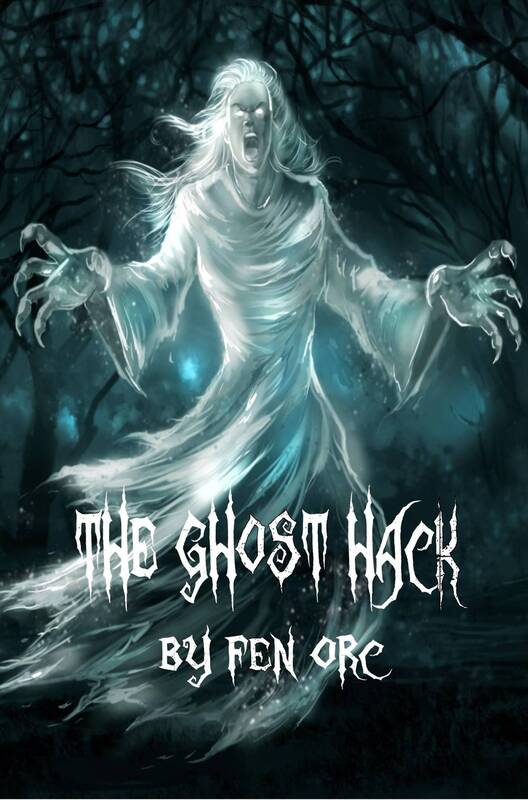
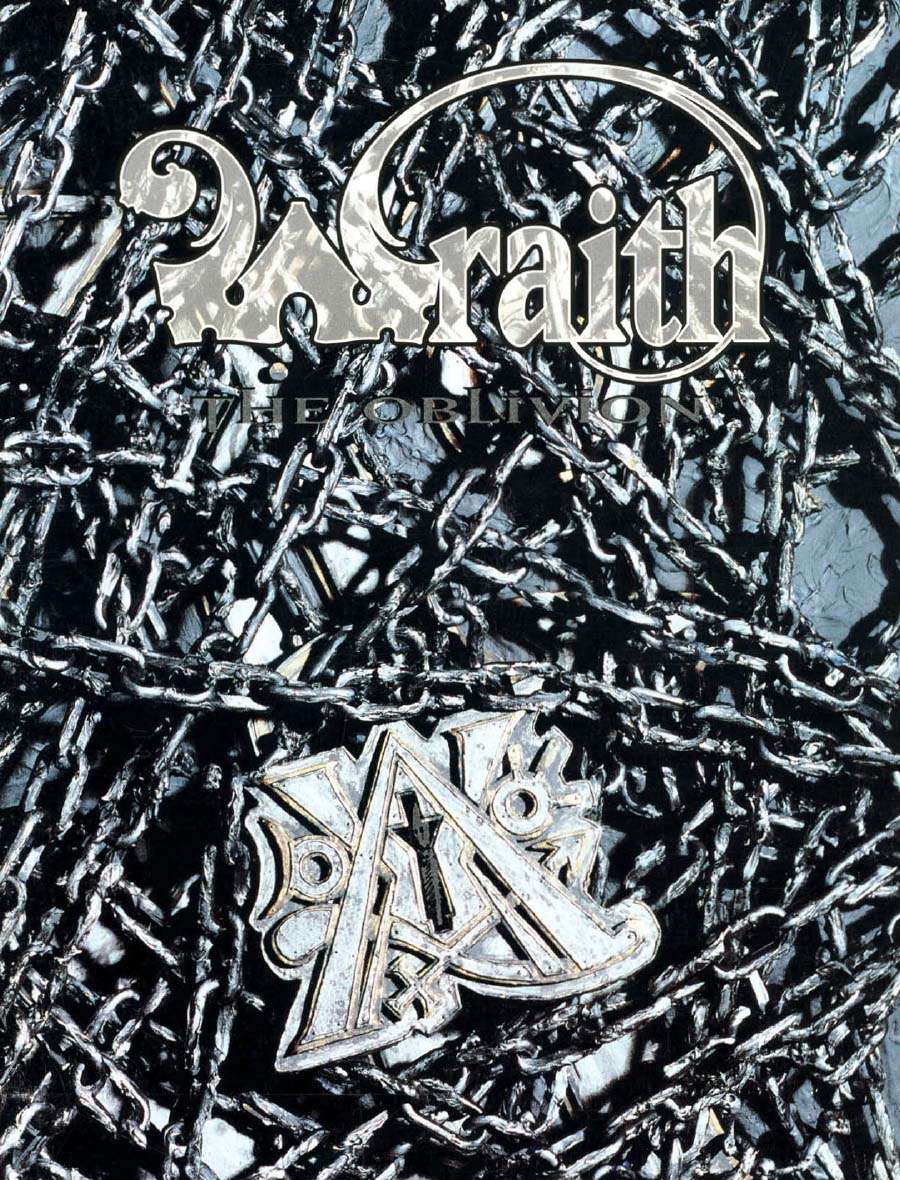
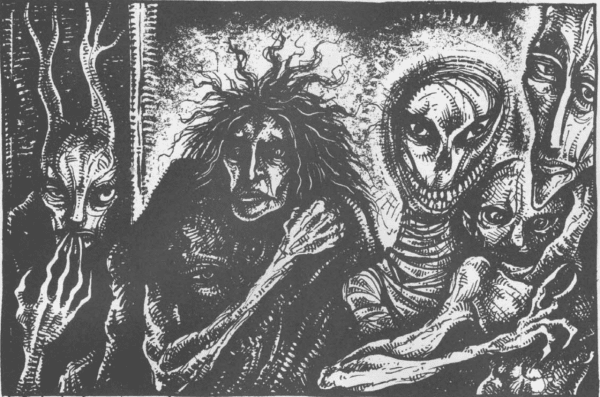
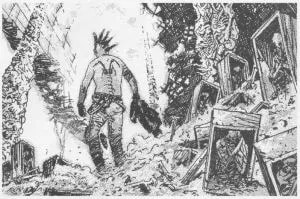
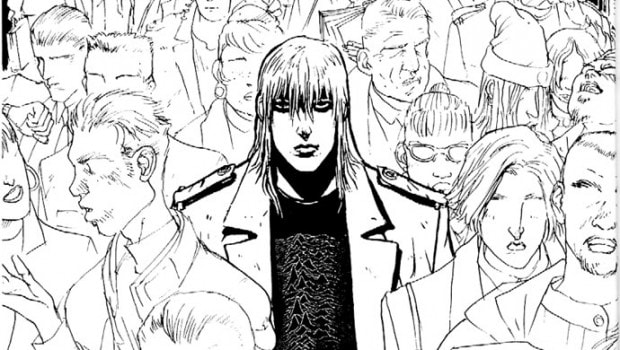






 RSS Feed
RSS Feed


